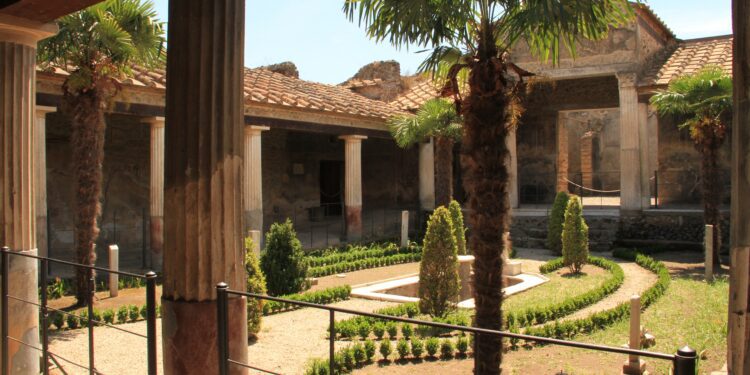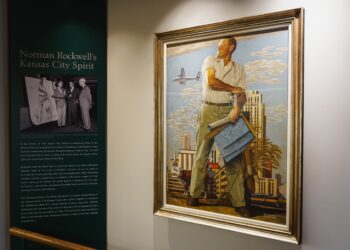Even now, 80 years after Victory in Europe (VE) Day, artworks and other artifacts looted during World War II are still making their way back to the heirs of their rightful owners. Germany just this year announced a plan to reform the process for returning Nazi-looted art. Recent restitutions that made headlines include a work by French Impressionist Claude Monet seized by the Gestapo, as well as a painting by the much lesser-known Viennese artist Johann Franz Nepomuk Lauterer that was stolen by a U.S. Army soldier and returned to Germany nearly 80 years later with assistance from the FBI Art Crime Team.
Now, the Archaeological Park at Pompeii has put on display an artwork stolen during the Second World War and lately returned to Italy. A German Wehrmacht captain who was responsible for the military supply chain in Italy during World War II looted the piece and gave it to a German citizen as a gift.
The heirs of the last owner of the piece contacted the Carabinieri in Rome to inquire about how to return the piece to its home country. The Carabinieri Command for the Protection of Cultural Heritage returned the mosaic to the Archaeological Park of Pompeii after a diplomatic expedition arranged by the Italian Consulate General in Stuttgart, Germany. It was repatriated in September 2023 and has now gone on view in the Antiquarium at Pompeii.
“Today’s return once again confirms the great commitment that the Carabinieri Command for the Protection of Cultural Heritage devotes to the reacquisition of national cultural heritage improperly present abroad,” said Major General Francesco Gargaro, commander of the Carabinieri for the Protection of Cultural Heritage, in press materials. “This work is carried out daily thanks to a dense network of international relationships, consolidated over the years, which allows us to operate with precision and speed.”
The erotic mosaic, thought to date roughly to the time of the eruption of Mount Vesuvius in 79 C.E., depicts a pair of lovers, showing a man reclining on a daybed next to which stands the woman, her naked backside facing the viewer. Experts at Pompeii think it may have decorated the floor of a bedroom in a domus or villa.
“Every looted artifact that returns is a wound that heals, so we express our gratitude to the Protection Unit for their work,” said Gabriel Zuchtriegel, director of the Pompeii Archaeological Park. “The wound lies not so much in the material value of the work, but in its historical value; a value that is severely compromised by the illicit trafficking of antiquities.
“We don’t know the artifact’s exact provenance and likely never will; we will conduct further studies and archaeometric analyses to ascertain its authenticity and reconstruct its history to the extent possible,” Zuchtriegel added. “The study, knowledge, and public enjoyment of this heritage are the lotus flowers that grow in the mud of thefts driven by the greed and selfishness of those who steal archaeological artifacts from the community.”












